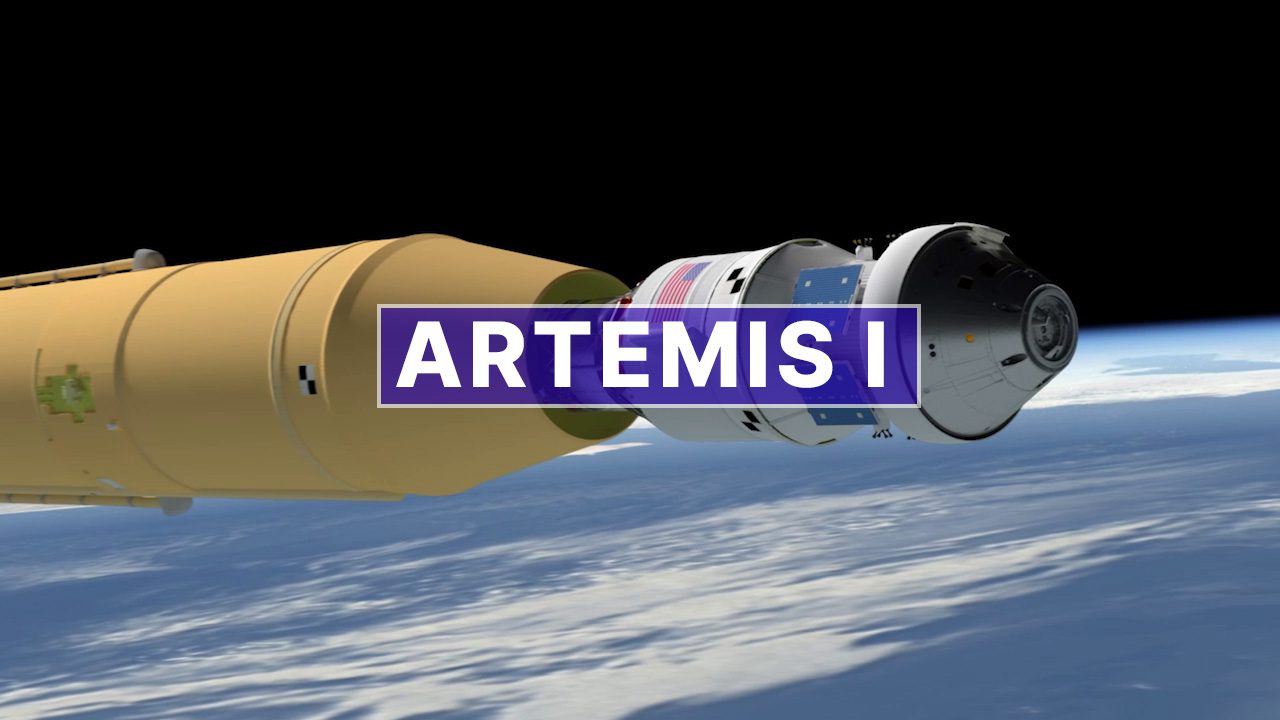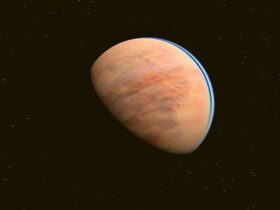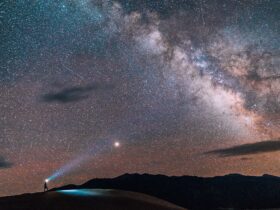The launch of NASA’s large, brand-new moon rocket, known as the Space Launch System, has been postponed (SLS). The controllers had a difficult time bringing an engine on the 100-meter-tall vehicle down to the right temperature at which it could operate. They had earlier been concerned by what seemed to be a break on the rocket’s uppermost surface, but in the end they decided that it was only frost buildup on the surface.
The SLS is the largest rocket that NASA has ever created in its history. It is going to be used in the process of returning humans to the moon. The first flight, which is a part of the Artemis program for NASA, is only a demonstration and there is no one on board. However, further difficult missions are being planned for the future, which will include humans living on the surface of the moon for many weeks at a time.
If the engine problem can be fixed by Friday, then NASA will attempt again, but only if they have the opportunity to do so. However, there is a possibility that the rocket may need to be wheeled back to the assembly facility at the Kennedy Space Center for more maintenance, which would push back the launch date to September.
The weather is another factor that determines whether or not a launch can take place, and although NASA will have many chances to test the Space Launch System (SLS) over the course of the next week, the climate in Florida at this time of year is notoriously unpredictable.
When it finally lifts off, the rocket’s mission will be to launch a test capsule known as Orion into space, far away from the surface of the planet. This spacecraft will make a large circle around the Moon and then return to Earth, where it will splash down in the Pacific Ocean after a journey of around six weeks. However, assuming that all of the gear operates as it should, humans will be able to board Orion beginning in 2024 for a series of subsequent trips that will follow after the first voyage, which will be uncrewed.













Leave a Reply